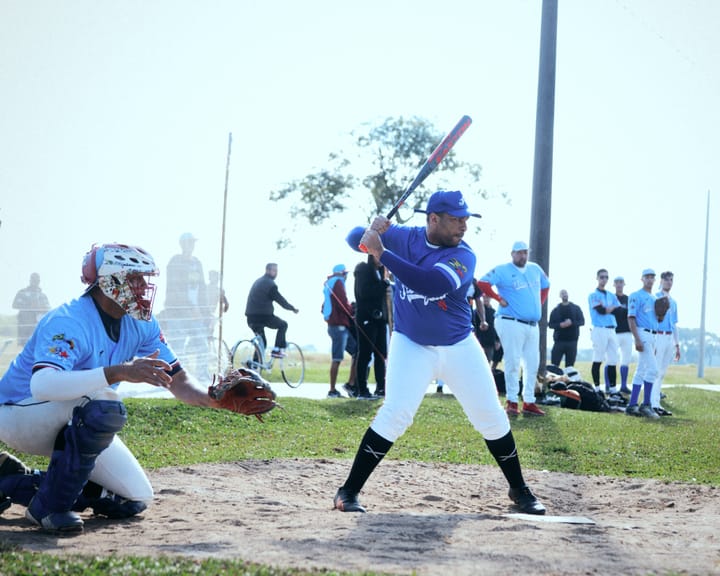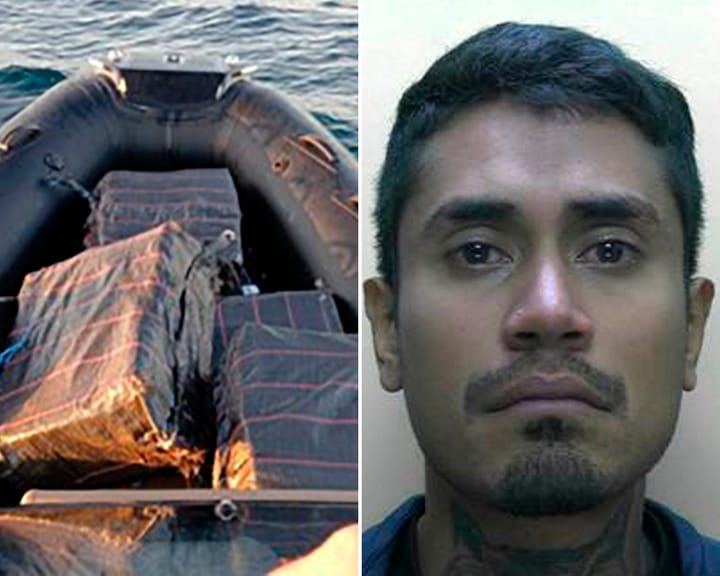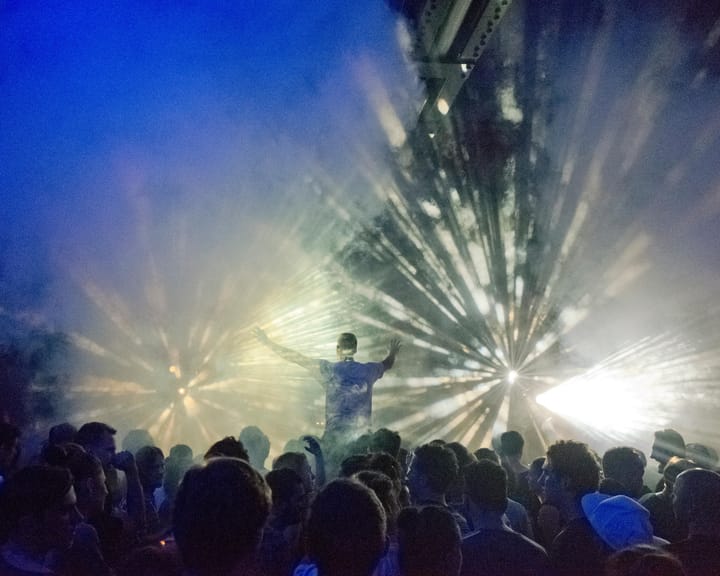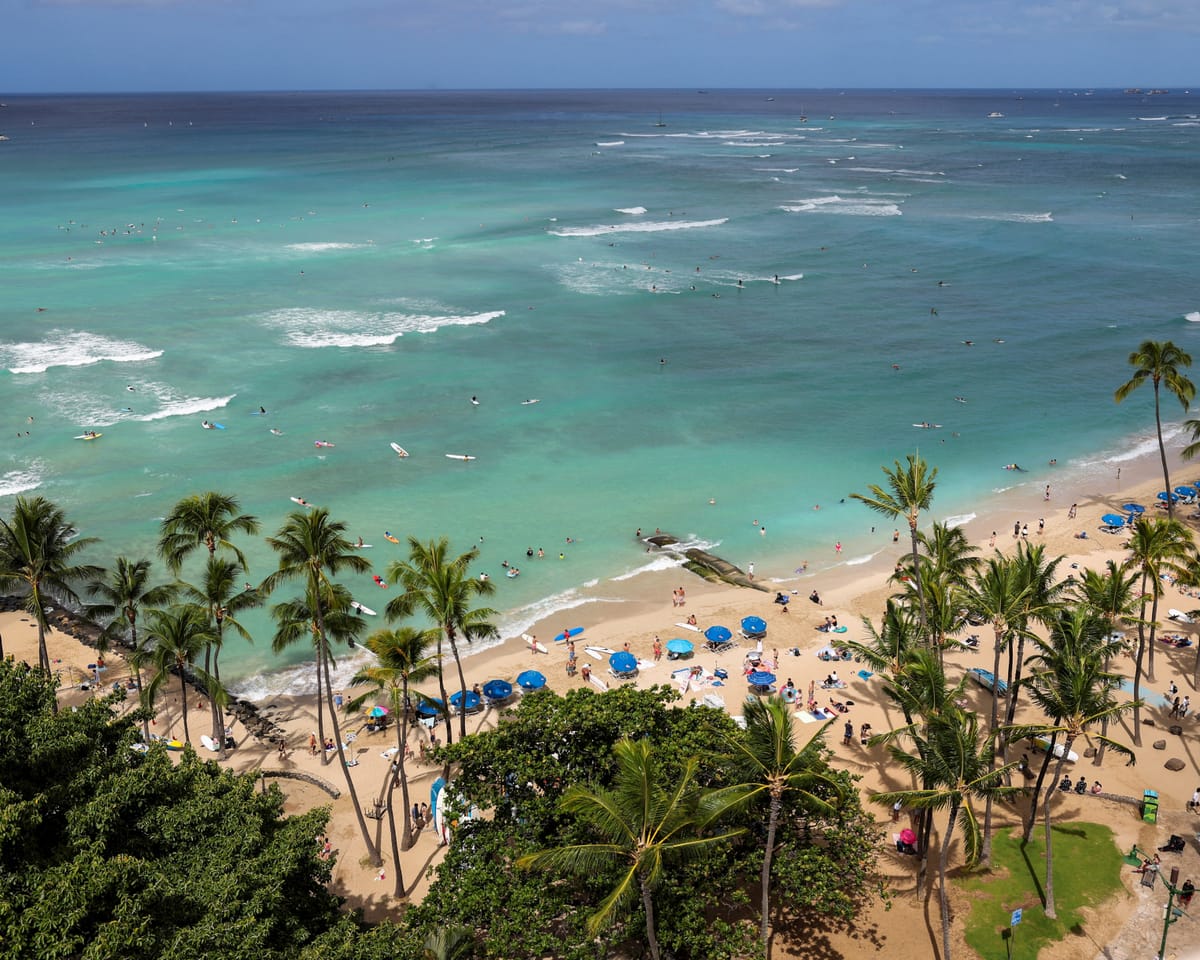Tsunami Alerts Lifted Across the Pacific After Powerful Quake
Tsunami alerts were canceled across the Pacific on Wednesday, allowing millions temporarily displaced to return home after a major earthquake struck off Russia’s coast.
The 8.8-magnitude quake shook Russia’s remote Kamchatka peninsula, prompting tsunami warnings and evacuations from Japan to the Americas.
Waves as high as four meters (12 feet) were initially forecast for some areas after the shallow quake occurred on Wednesday morning.
The tsunami threat caused widespread disruptions. Peru shut down 65 of its 121 Pacific ports, while authorities in Maui halted flights to and from the Hawaiian island. However, no major disaster followed, and countries gradually lifted or reduced warnings, allowing coastal residents to go back.
In Japan, nearly two million people were urged to seek higher ground before warnings were eased. The Fukushima nuclear plant in the northeast—devastated by a 2011 quake and tsunami—was briefly evacuated.
Local reports confirmed one fatality: a woman died after driving off a cliff while attempting to flee.
Chilean officials called it “perhaps the largest evacuation in the country’s history,” relocating 1.4 million people to safer areas. No significant damage or casualties were reported, with waves reaching only 60 centimeters (two feet) on the northern coast.
In the Galápagos Islands, where waves up to three meters were anticipated, Ecuador’s naval oceanography institute confirmed the danger had passed. Residents noted the sea level dropping suddenly before rising—a common sign of a tsunami’s approach.
However, the waves peaked at just over a meter, causing no harm. “Everything’s calm now—I’m returning to work. Restaurants and tourist spots are reopening,” said Isabel Grijalva, a Santa Cruz resident.
Earlier, parks and schools closed, emergency broadcasts urged action, and tourists were evacuated from boats to land.
Russia reported the most damage, with waves flooding the port of Severo-Kurilsk and submerging a fishing facility. Footage showed debris being swept into the ocean.
Mayor Alexander Ovsyannikov stated that water surged as far as a wartime monument 400 meters inland. Despite being the strongest quake since 2011—when Japan suffered 15,000 deaths—only minor damage and injuries occurred.
Russian scientists noted that the Klyuchevskoy volcano erupted soon after the quake, with lava flows observed and explosions detected.
Read next

"Softball booms in Brazilian city as Cuban migrants surpass Venezuelans for the first time"
Roberto Hernández Tello, 59, originally from Camagüey, Cuba, had hoped to reach the United States for a better future. But due to stricter immigration policies under the previous U.S. administration, he found himself in Curitiba, southern Brazil, thousands of miles from home.
Like him, many Cubans have recently arrived

"Public asked to aid in catching drug gangs using 'mother ships' near UK shores"
Police Ask Coastal Residents to Aid in Combating Drug Smuggling
Authorities have called on residents of coastal areas in the UK to assist in disrupting criminal groups that are employing increasingly creative tactics to bring large amounts of cocaine into the country.
Officials have noted a rise in “at-sea drop-offs”

"Germany's historic largest gay nightclub files for bankruptcy"
Germany’s longest-running and largest LGBTQ+ dance venue has filed for bankruptcy after operating for nearly 50 years, succumbing to financial pressures and shifting trends in Berlin’s nightlife.
Internal challenges and the rise of dating apps contributed to SchwuZ’s difficulties over the past year. In May, the venue

